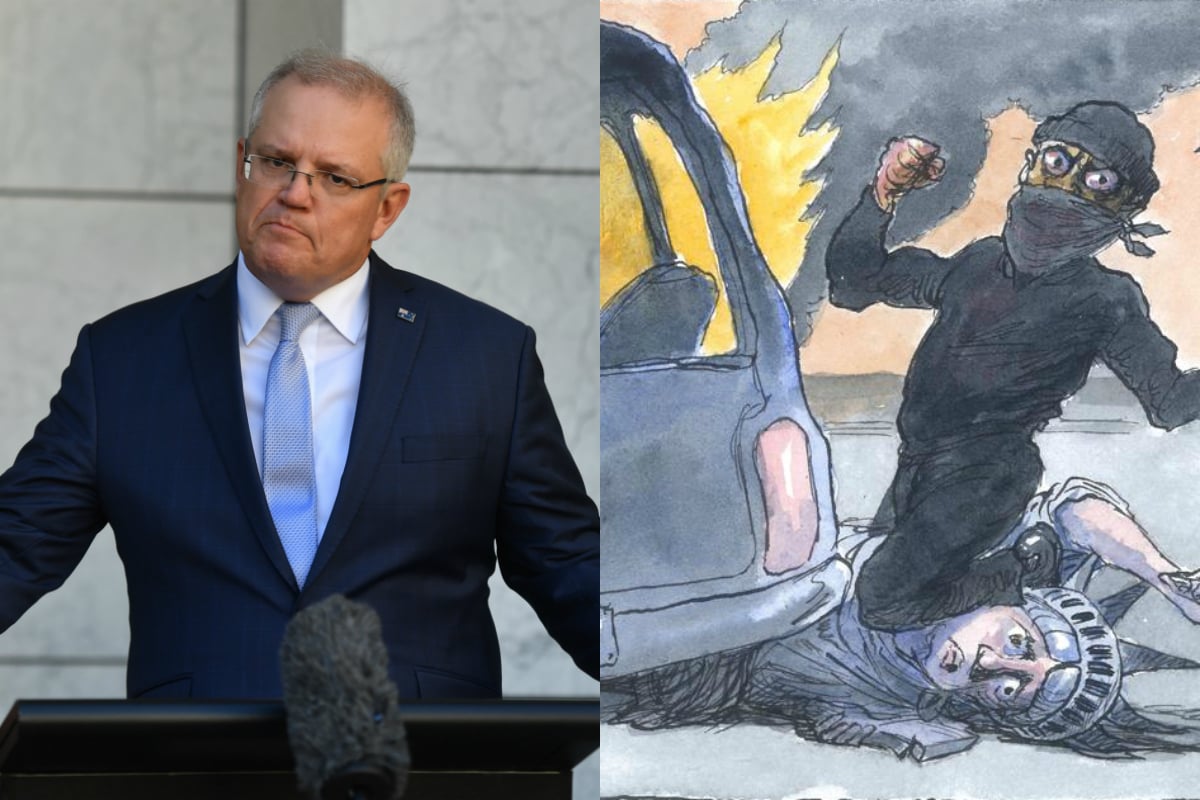
WARNING: Aboriginal and Torres Strait Islander readers are advised that the following article contains names and descriptions of people who have died.
Just weeks ago, Scott Morrison called for an end to abuse being directed at Asian Australians amid the novel coronavirus pandemic. “I deplore that sort of behaviour,” he said. “It’s not on.”
Yet, this week, when questioned about the Black Lives Matter protests currently raging in the United States, he seemed far less willing to acknowledge Australia’s racist undercurrent.
The Quicky looks at Australia’s record on deaths in custody. (Post continues below.)
Referencing the death-in-custody of black man George Floyd, which served as the flashpoint for the rallies, the Prime Minister told radio station 2GB, “As upsetting and terrible that the murder that took place — and it is shocking… I just think to myself, how wonderful a country is Australia.”
It can be tempting to take that view; the ‘that kind of thing doesn’t happen here’ perspective.
It’s far more comfortable than facing up to our own shameful record on black deaths in custody — 432 cases since 2001, and zero convictions. That’s including the 2015 death of David Dungay, a Dunghutti man who, like George Floyd, died after being pinned facedown down by the authorities and desperately declaring, “I can’t breathe, I can’t breathe.”
Wonderful?
It’s far more comfortable than facing up to the fact that Australia has its own deep, painful problems with systematic racism. Even though people of colour share their lived experience of it daily, even though evidence of it is smacking us in the face.

Top Comments